- Written By Team DWS
- Astrology
- June 30, 2025
Mars and The Mystique of Red Coral: Exploring the Cosmic Connection
Imagine standing beneath a sky littered with stars, one of which is the rust-colored orb of Mars, twinkling with a promise of mystery and discovery. Mars has fascinated humanity for centuries, inspiring tales of adventure, exploration, and the possibility of life beyond our planet. But what’s intriguing is not just Mars itself, but its connection to one of Earth’s most enigmatic and captivating natural wonders: red coral.
 1 copy-dws638868577725096958.jpg)
Mars: The Red Planet and Its Enigmatic Allure
Mars, known as the Red Planet, has earned its name due to iron oxide—or rust—on its surface, which gives it a distinctly reddish appearance. For millennia, cultures around the world have gazed at Mars, imbibing it with a sense of mystery. Ancient civilizations, from the Babylonians to the Romans, associated Mars with war and conflict, attributing to it the qualities of aggression and strength. This connection was not merely metaphorical; the planet played a significant role in astrology, influencing the perceived fortunes of individuals based on its position in the night sky.
In modern times, Mars has transformed from a distant celestial body to a focal point of exploration. With missions like NASA’s Perseverance Rover and China’s Tianwen-1, we’ve sought to uncover the secrets hidden beneath its dusty surface. The quest for whether Mars once harbored life or could potentially do so again continues to fascinate scientists and dreamers alike.
The Mystique of Red Coral: A Living Treasure of the Ocean
While Mars captures our imagination with its vastness and potential for extraterrestrial life, red coral (Corallium rubrum) reveals the mysteries of our own planet’s oceans. This marine organism, found in the Mediterranean Sea and some parts of the Atlantic, is renowned not just for its vibrant hue but also for its ecological significance and cultural value.
Red coral creates intricate underwater structures that serve as habitats for diverse marine life. Its delicate, tree-like formations are critical to the health of coral reef ecosystems, providing shelter and breeding grounds for numerous species. However, the beauty of red coral does not stop at its ecological role; it has been revered in various cultures for centuries. From ancient Roman jewelry to modern-day fashion and art, red coral has been associated with protection, health, and good fortune.
The harvest of red coral, however, brings with it a dark legacy. Over-exploitation due to demand has threatened its populations, making conservation efforts increasingly crucial. This underscores a poignant truth: the beauty we see in nature often comes at a price.
The Cosmic Connection: Mars and Red Coral
At first glance, one might wonder how Mars and red coral are connected. Yet, a deeper examination reveals that both stand as symbols of exploration and an enduring quest for understanding—whether that be in the cosmos or our oceans.
Mars represents our yearning to explore the unknown, to push the boundaries of our existence. It embodies the spirit of adventure and the quest for knowledge—an essence that is mirrored in our relationship with the ocean and its treasures. Human beings, historically driven by the need to explore, have navigated not just the stars but also the depths of the sea. The great explorers of yore sought lands, riches, and glory, often leaving them with tales of triumph and tragedy.
In many cultures, red coral is believed to be a protective talisman against the unknown. It is said to attract positive energy and ward off misfortune, which parallels our ambition to conquer the voids of space. The vibrant energy of red coral invokes a sense of connection to the Earth, while also driving humans to seek dominance over the cosmos.
Moreover, coral reefs are often described as the “rainforests of the sea,” signifying their rich biodiversity and complexity—much like Mars, which may harbor frozen water and hidden resources that could support future colonization.
Conclusion: Bridging the Cosmic and the Terrestrial
As we continue our exploration of Mars, our understanding of Earth's treasures, like red coral, becomes increasingly significant. Both are part of a larger narrative regarding our relationship with the universe and the natural world. They remind us that while we strive to reach new frontiers, we must also safeguard our home—the vibrant blue planet that nurtures our existence.
In this cosmic journey, we realize that the allure of Mars and the mystique of red coral both symbolize the age-old human desire to explore—whether it leads us among the stars or into the depths of our oceans. By honoring both, we embrace a holistic approach to exploration that values the past while reaching for the future, creating not just a connection to the cosmos but an intricate bond with the delicate beauty of nature on our own planet.
 2 copy-dws638868578641364751.jpg)
Mars Planet - Red Coral FAQs
Certainly! Below are some frequently asked questions (FAQs) about Mars, often referred to as the "Red Planet," along with some information on corals, specifically red corals that may be mistakenly linked to Mars due to the term "red".
Mars Planet FAQs
1. Why is Mars called the "Red Planet"?
Mars is known as the "Red Planet" because of its reddish appearance, which is due to iron oxide, commonly known as rust, on its surface.
2. What is the atmosphere like on Mars?
Mars has a very thin atmosphere composed mainly of carbon dioxide (about 95%), with traces of nitrogen and argon. It lacks the oxygen necessary for human survival.
3. Does Mars have water?
Yes, Mars has water, primarily in the form of ice. Evidence suggests that liquid water may exist temporarily, particularly in the presence of salts.
4. How long is a day on Mars?
A day on Mars, known as a "sol," is approximately 24 hours and 37 minutes, only slightly longer than a day on Earth.
5. Why is Mars a target for exploration?
Mars is a prime candidate for exploration due to its similarities to Earth and the potential for past or present life. It has the most Earth-like surface conditions in our solar system.
6. What missions have been sent to Mars?
Various missions have been sent to Mars, including orbiters, landers, and rovers, such as NASA's Mars rovers (Spirit, Opportunity, Curiosity, Perseverance) and the Martian orbiters like Mars Reconnaissance Orbiter and MAVEN.
7. Is there life on Mars?
Current evidence does not confirm the existence of life on Mars, but scientists continue to explore the planet for signs of past microbial life.
8. What are the Martian seasons like?
Mars has seasons similar to Earth due to its axial tilt. However, they last about twice as long because Mars takes 687 Earth days to complete one orbit around the Sun.
9. Can humans live on Mars?
While it is theoretically possible for humans to live on Mars, significant challenges must be overcome, including radiation exposure, limited resources, and the need for life support systems.
10. What is the highest mountain on Mars?
Olympus Mons is the tallest volcano and mountain on Mars, standing about 13.6 miles (22 kilometers) high, making it nearly three times the height of Mount Everest.
FAQs on Red Coral
1. What is red coral?
Red coral, known scientifically as *Corallium rubrum*, is a marine organism found in the Mediterranean Sea and parts of the Atlantic Ocean. It is prized for its vibrant red color and is often used in jewelry.
2. Is red coral alive?
Yes, red coral is a living organism. It forms colonies made up of many tiny polyps that secrete calcium carbonate to build a protective skeletal structure.
3. How is red coral harvested?
Red coral is harvested from the ocean, traditionally by divers, and is subject to regulations to prevent overfishing and protect coral ecosystems.
4. What are the threats to red coral?
Red coral faces threats from climate change, ocean acidification, pollution, and destructive fishing practices, leading to declines in its populations.
5. Can red coral be cultivated?
Research is ongoing into coral aquaculture, but cultivating red coral successfully remains challenging due to its specific habitat requirements.
6. What is the cultural significance of red coral?
In many cultures, red coral is believed to have protective and healing properties and has been used in art and decoration for centuries.
7. How can we protect red coral?
Conservation efforts, including the establishment of marine protected areas, sustainable harvesting practices, and public awareness campaigns, can help protect red coral and its habitat.
These FAQs give an overview of Mars as well as provide insights into red coral. If you have more specific questions or need further clarification, feel free to ask!
Popular on Blogs
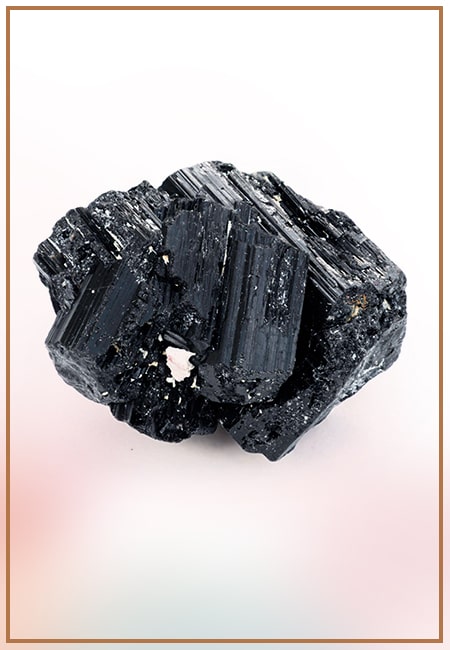
Black Tourmaline: Meaning, Healing Properties, Fascinating Facts, Powerful Attributes, Versatile Uses, and Beyond
September 05, 2023 / BY Team DWS
Black Tourmaline, also known as Schorl, is a highly revered crystal with incredible metaphysical properties. It derives its name from the Dutch word "turamali," meaning "stone with ..
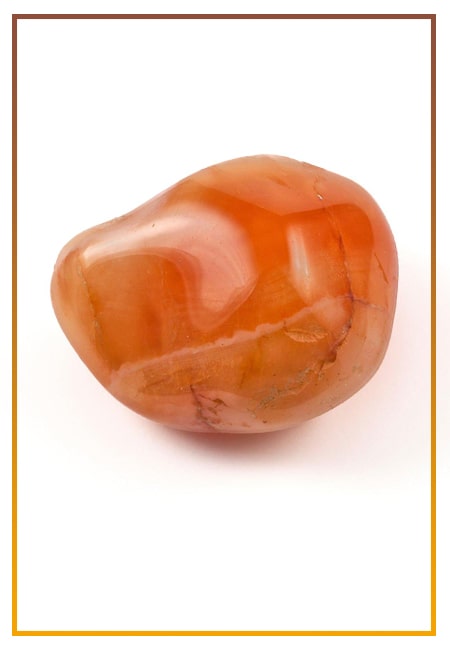
Carnelian Stone: Meaning, Healing Properties, Power, Facts, Color, Uses and More
December 26, 2023 / BY Team DWS
Carnelian is a vibrant and captivating gemstone that holds a plethora of meanings, healing properties, and powers. Its warm and fiery energy makes it a popular choice among crystal ..
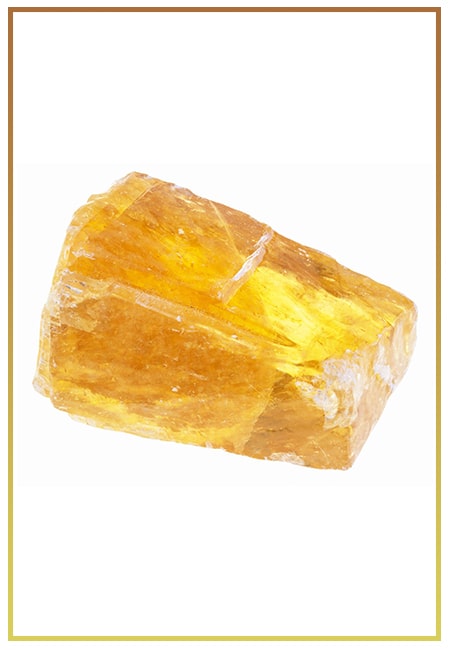
Citrine: Exploring its Meaning, Healing Properties, Fascinating Facts, Powers, Versatile Uses, and Much More
November 18, 2023 / BY Team DWS
Citrine, with its warm golden hues, has captured the attention and imagination of people for centuries. This beautiful gemstone, commonly associated with wealth and prosperity, hol ..
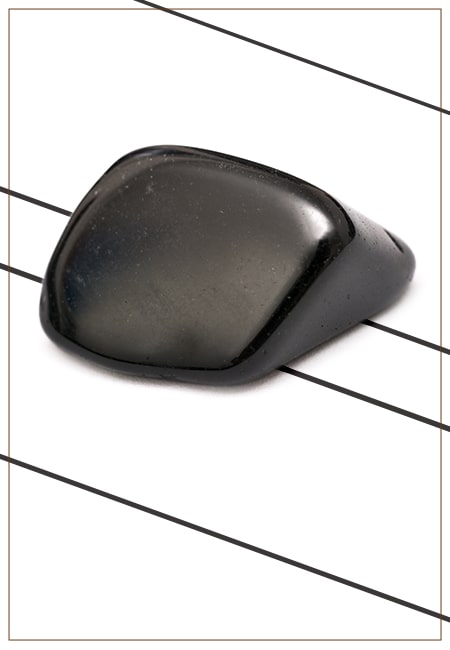
Black Onyx: Unveiling the Meaning, Healing Properties, Fascinating Facts, Powerful Attributes, Versatile Uses, and Beyond
July 25, 2023 / BY Team DWS
Black Onyx, a striking gemstone admired for its deep black hue and elegant appearance, has captivated people for centuries. In this comprehensive guide, we will delve into the mean ..
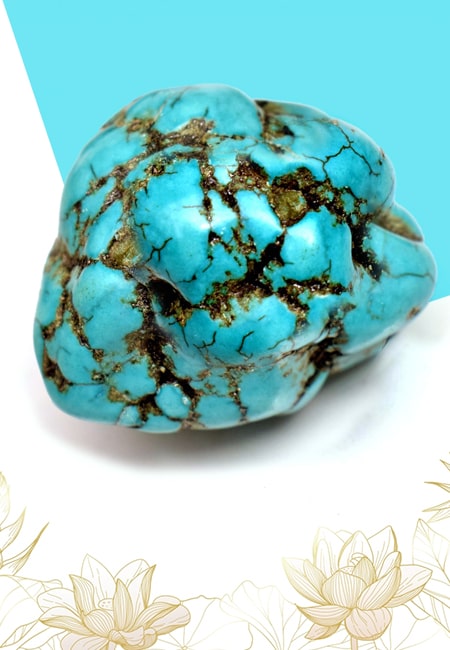
Unveiling the Mysteries of Turquoise Stone: Exploring its Meaning, Healing Properties, Power, Facts, Color, Uses, and More
December 05, 2023 / BY Team DWS
Turquoise, with its captivating blue-green hue, has been adorning jewelry and artifacts for centuries. This striking stone has a rich history, rich symbolism, and a plethora of int ..
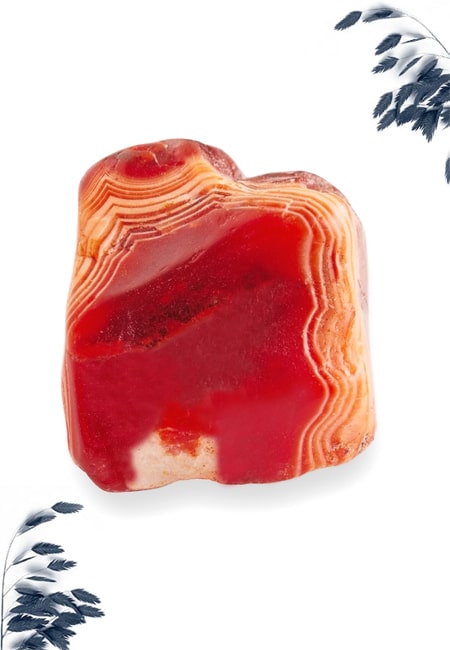
The History Behind The Popularity of Red Agate
December 23, 2022 / BY Team DWS
An Agate is a type of magma rock that takes many years till it is washed out naturally into the water. And that is the reason this stone has elements of water. This beautiful stone ..
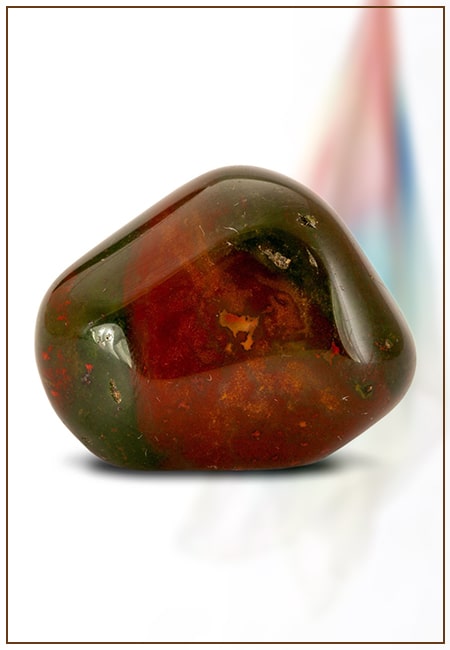
Bloodstone: Unveiling the Meaning, Healing Properties, Facts, Powers, Uses, and More
August 21, 2023 / BY Team DWS
Bloodstone, with its captivating deep green color with specks of red, is a mesmerizing gemstone that has fascinated civilizations for centuries. It possesses unique healing propert ..

Plan a Perfect Valentine's Week with Our Valentine Week List 2025
January 22, 2024 / BY Team DWS
Valentine's Day is undoubtedly the most romantic day of the year, but we believe that one day is just not enough to express your love and make your partner feel special. That's why ..


